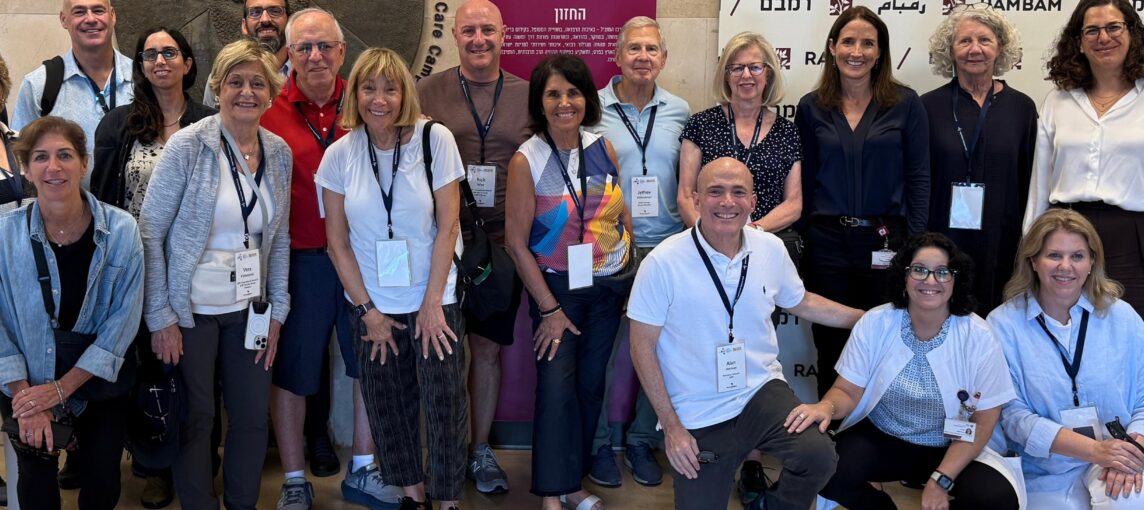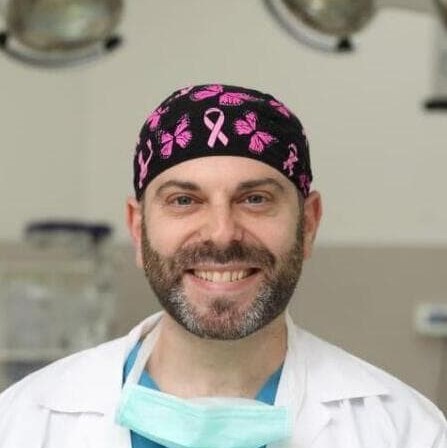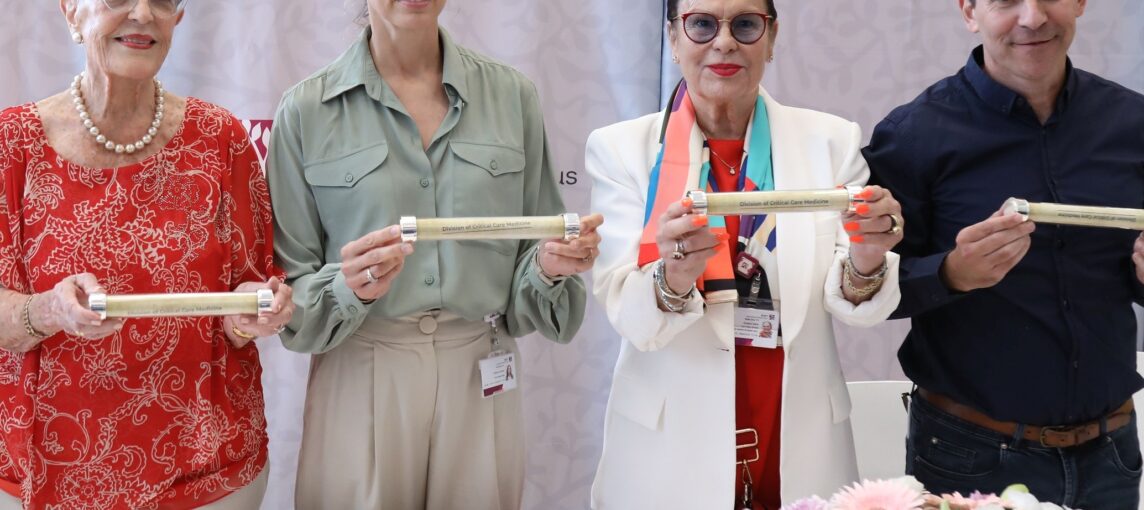
Rambam Takes an Unconventional Approach in Two Patients with Rare Conditions
November 18, 2025 – At Rambam Health Care Campus (Rambam), advanced robotic technology is transforming surgical care, making complex, high-risk procedures safer and less invasive than ever before.
The da Vinci Robotic Surgical System, one of the most advanced tools in modern medicine, allows surgeons to perform intricate operations with exceptional precision and minimal trauma. At Rambam Health Care Campus (Rambam), growing expertise with this technology is expanding treatment options and improving outcomes—even in challenging cases that once required extensive, high-risk surgery. The following two stories illustrate how Rambam’s innovative use of the da Vinci system changed—and saved—lives.
Case 1 – A Hidden Injury Discovered Years After a Bicycle Accident
At just 14 years old, Christian Okel from Shefar’am walked away from a serious bicycle accident. Seven years later, at age 21, he began to suffer from escalating abdominal pain. He consulted with Dr. Najib Nasrallah, who also serves in the Pediatric Emergency Medicine Unit at Rambam’s Ruth Rappaport Children’s Hospital. He noted abnormalities on Okel’s ultrasound and referred him to Rambam for further evaluation.
Imaging at Rambam revealed a diaphragmatic tear that had gone undetected since the accident. Over time, the tear had allowed Okel’s stomach, colon, and spleen to move into the chest cavity, collapsing the left lung and blocking the stomach’s outlet (pylorus). What began as a routine examination quickly turned into a life-threatening emergency.
“Christian’s left lung was nearly collapsed due to the pressure from his abdominal organs,” explains Dr. Amit Katz, director of the Department of Thoracic Surgery. “The pylorus valve, which controls the stomach’s outlet, was also blocked.”
Trauma-induced diaphragmatic hernias are rare and often difficult to diagnose. Small tears may remain asymptomatic for years, but gradually enlarge under abdominal pressure, leading to dangerous complications.
Using the da Vinci Robotic Surgical System, Dr. Katz and his team were able to delicately release adhesions, reposition the displaced organs, and repair the diaphragm—all without opening the patient’s chest or abdomen. The three-hour procedure was a complete success, minimizing complications and accelerating recovery. Just one day after surgery, Okel was discharged.
“I felt no pain, no shortness of breath—it was incredible,” he says. Now home and continuing his studies in computational medicine, he adds, “I’m deeply grateful to the entire medical team. One day, I hope to return to Rambam—not as a patient, but as part of the staff.”
Case 2 – A Parasitic Cyst the Size of a Melon
Around the same time, 31-year-old Hanan Suleiman*, a mother of four from the northern village of Mashhad, arrived at the emergency room in Nazareth suffering from severe chest pain and shortness of breath. Initial tests revealed an abnormal mass in her chest. Initial tests revealed an abnormal mass in her chest, prompting her transfer to Rambam for further evaluation.
“A CT scan revealed a 15-centimeter cyst in Hanan’s lung, filling more than two-thirds of her right chest cavity,” explains Dr. Katz. “This type of cyst is caused by a parasite called Echinococcus. It typically forms in the liver, but in rare cases, it develops in the lungs or other organs over time.”
Human infection with Ecchinococcus usually occurs through contact with animals, particularly in rural areas. According to Dr. Katz, “The parasites eggs are excreted in dog feces and can contaminate water or food consumed by livestock and humans.” When asked about prevention, he advises that thoroughly washing fruits and vegetables is the most effective way to reduce infection risk.
Treatment for Echinococcus infection varies depending on the size and location. Small cysts can be treated with medication, while larger more complex ones often require surgery. Given the cyst’s unusual size and location, Dr. Katz and his team debated whether they should perform traditional open-chest surgery or a less invasive robotic approach.
“We chose to use the da Vinci robotic surgical system,” says Dr. Katz. “It enabled us to remove the cyst safely through small incisions—something nearly impossible to do just a few years ago.”
The surgery was lengthy but successful, and Suleiman was discharged a few days later, pain-free and breathing normally.
“It happened so suddenly, and I couldn’t understand how,” she recalls. “I don’t raise animals and I’m always careful about what we eat. I want people to know this can happen—and to be aware of the danger.”
Transforming Surgery Through Precision and Experience
Reflecting on both cases, Dr. Katz emphasizes that the da Vinci system—usually reserved mainly for elective procedures—is now a key instrument for managing even the most complex thoracic emergencies, offering safer and more effective outcomes.
Advanced technology, combined with surgical expertise, is redefining patient care. At Rambam, the integration of advanced technology with medical excellence continues to shape the future of care, improving outcomes for patients across Northern Israel and beyond.
*Based on a Hebrew language article from Mako.



